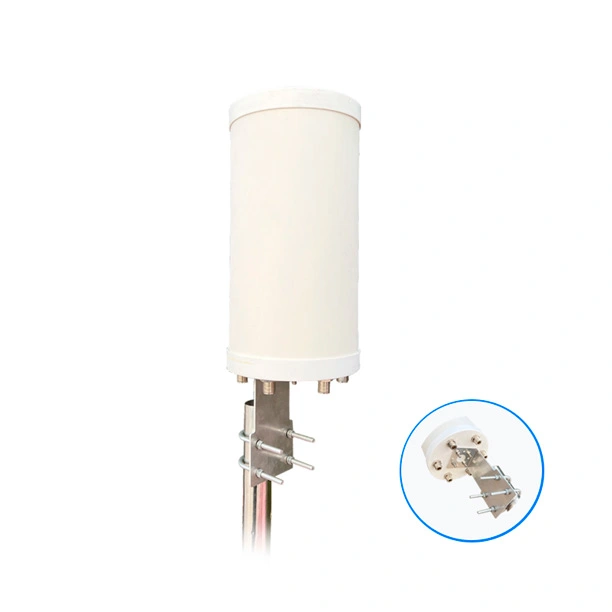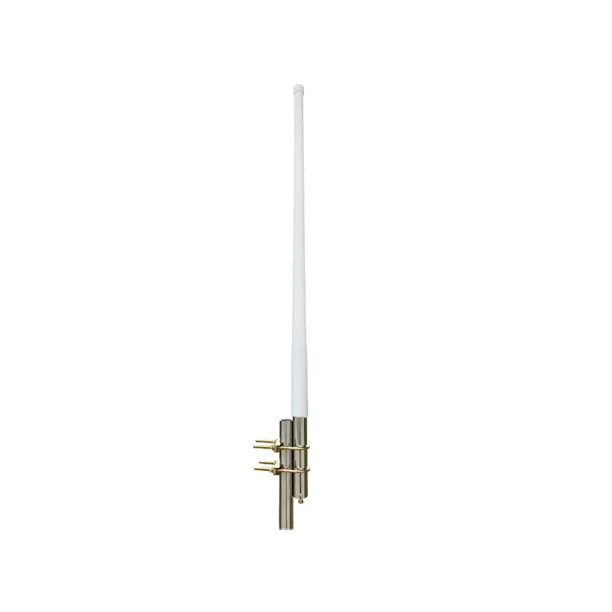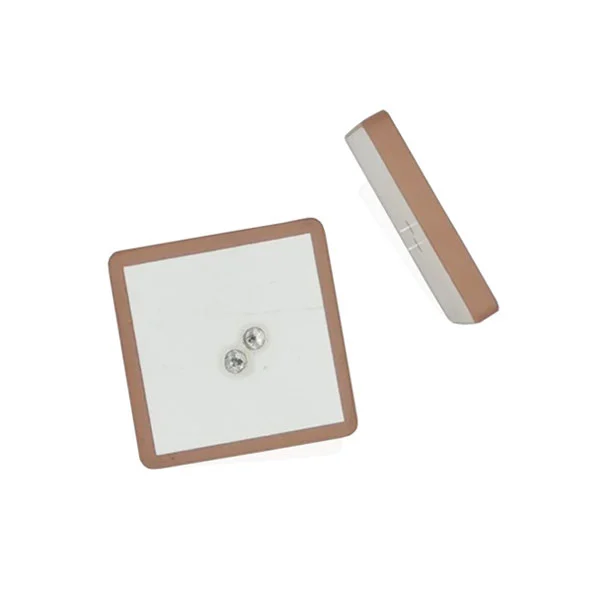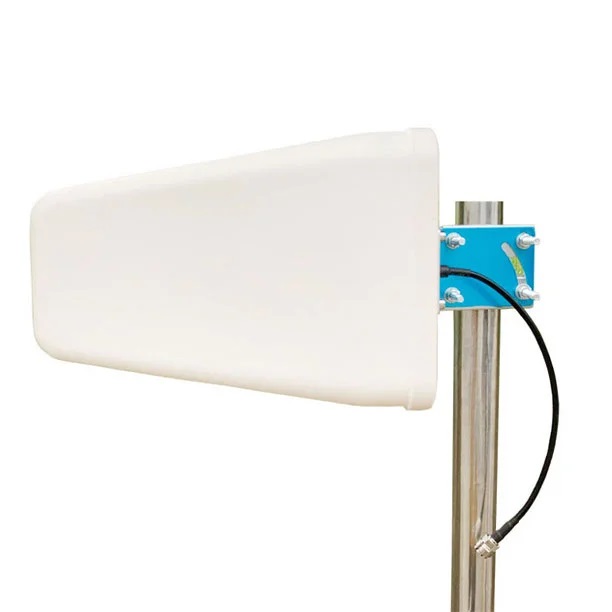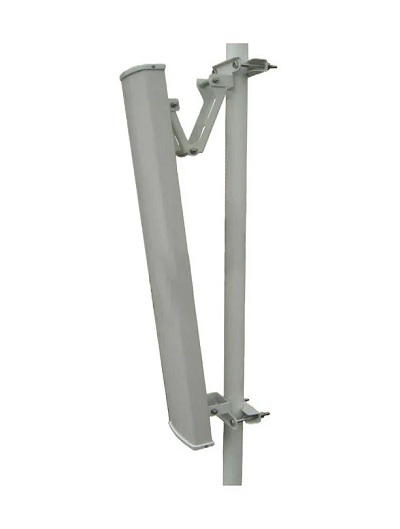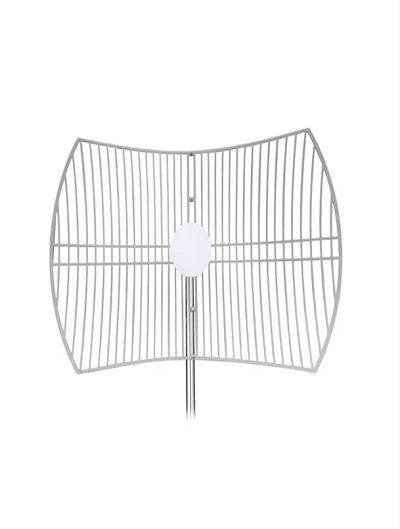In radio communications, 4G LTE antennas are interfaces to external media, and 4G LTE antennas can radiate and receive radio waves.
What Are The Important Factors Affecting The Performance Of 4G LTE Antennas?
When the 4G LTE antenna is transmitted, it can convert the high-frequency current into electromagnetic waves, and convert the received electromagnetic waves into the high-frequency current, and the direction, gain, and power of the 4G LTE antenna are important factors affecting the performance of the 4G LTE antenna.
4G LTE antenna gain is an important parameter of 4G LTE antenna, and the definition of 4G LTE antenna gain is related to omnidirectional 4G LTE antennas and half-wave dipole 4G LTE antennas.
An omnidirectional radiator is a radiator that has the same power in all directions and has a 4G LTE antenna gain in one direction. DBi represents the reference value of the 4G LTE antenna relative to omnidirectional radiators, and dBd is the reference value relative to the half-wave dipole type 4G LTE antenna. Polarization is a radiation property that describes the spatial direction of an electromagnetic field. In general, the spatial direction of the electromagnetic field vector is the polarization direction of the electromagnetic wave.
At some point in time, electromagnetic waves that do not change their orientation in space are called linear polarization waves. Waves with an electric field vector direction parallel to the ground are called horizontally polarized waves on the ground, and waves perpendicular to the ground are called vertically polarized waves.
4G GSM antennas can be divided into directional 4G and omnidirectional 4G LTE antennas according to the direction classification, 4G GSM antennas can be divided into unipolar and bipolar according to the polarization mode, which can be used for 4G LTE antennas for different occasions and different purposes.
Different types of 4G LTE antennas, different installation environments, and different requirements for the design of 4G LTE antenna mounts are required, so further research is needed. With the development of global communication services, wireless mobile communication as the main means of personal communication in the future, has been highly valued. The elimination of co-channel interference and fading is a problem worthy of attention and research.
The Five-Step Method for Investigation And Rectification of 4G LTE Antenna
The maintenance personnel go to the station to confirm/install the ESC line, record the RRU connected to the ESC line, and provide it to the background for verification;
The background network management turns on the ESC detection switch and scans and reports the ESC equipment information;
According to the ESC information reported by the scan, add the corresponding cell ESC equipment data;
The network management issues a correction command to confirm whether the correction is successful, and some 4G LTE antennas can observe the telescopic changes of the electronic down-tilt scale during the calibration process. If the correction fails, try again;
Set and maintain the number of electronic downward tilt, and confirm whether the scale number is consistent with the background.
For more information about 4G LTE dish antenna, click here.
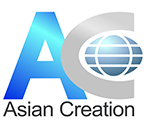
 English
English